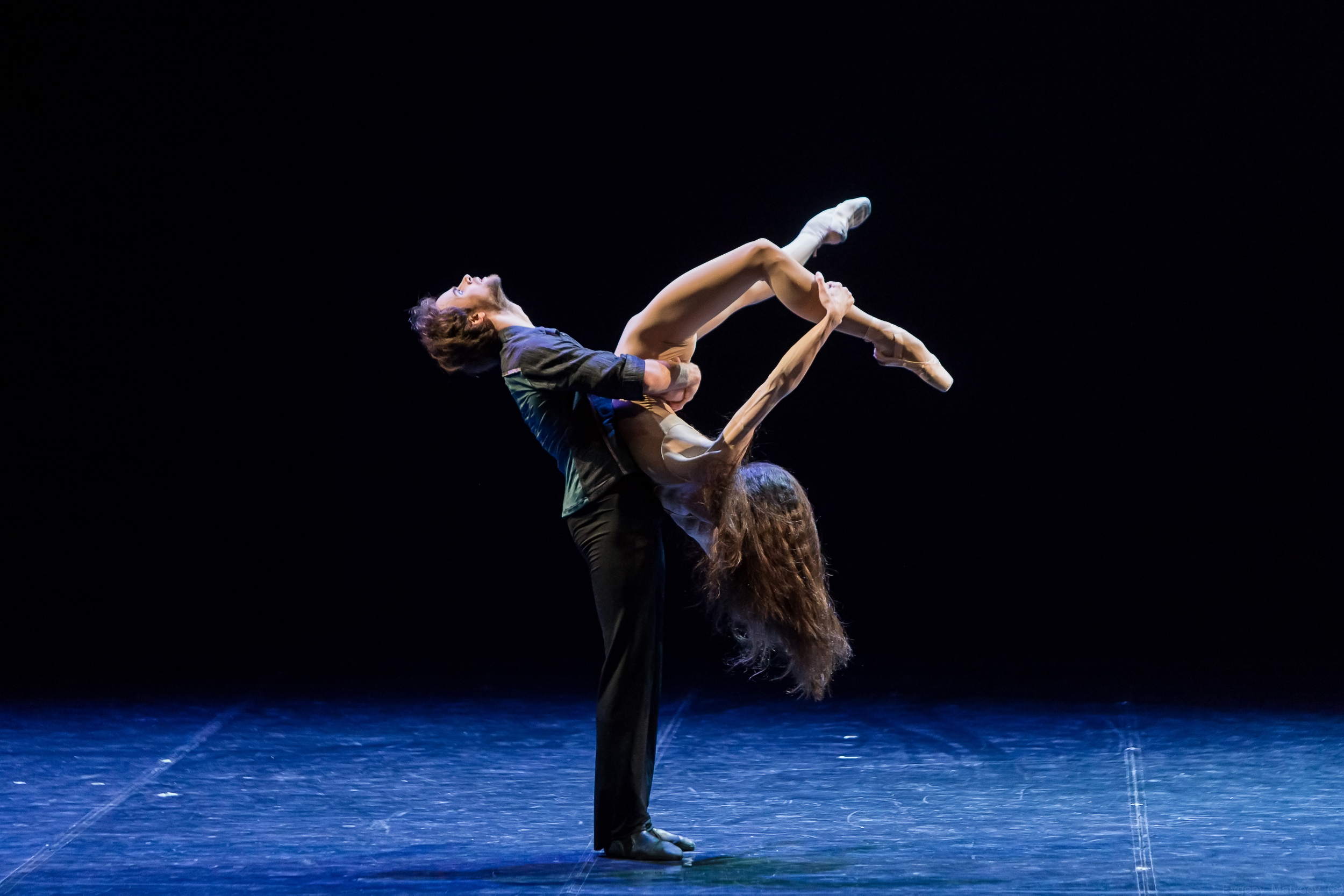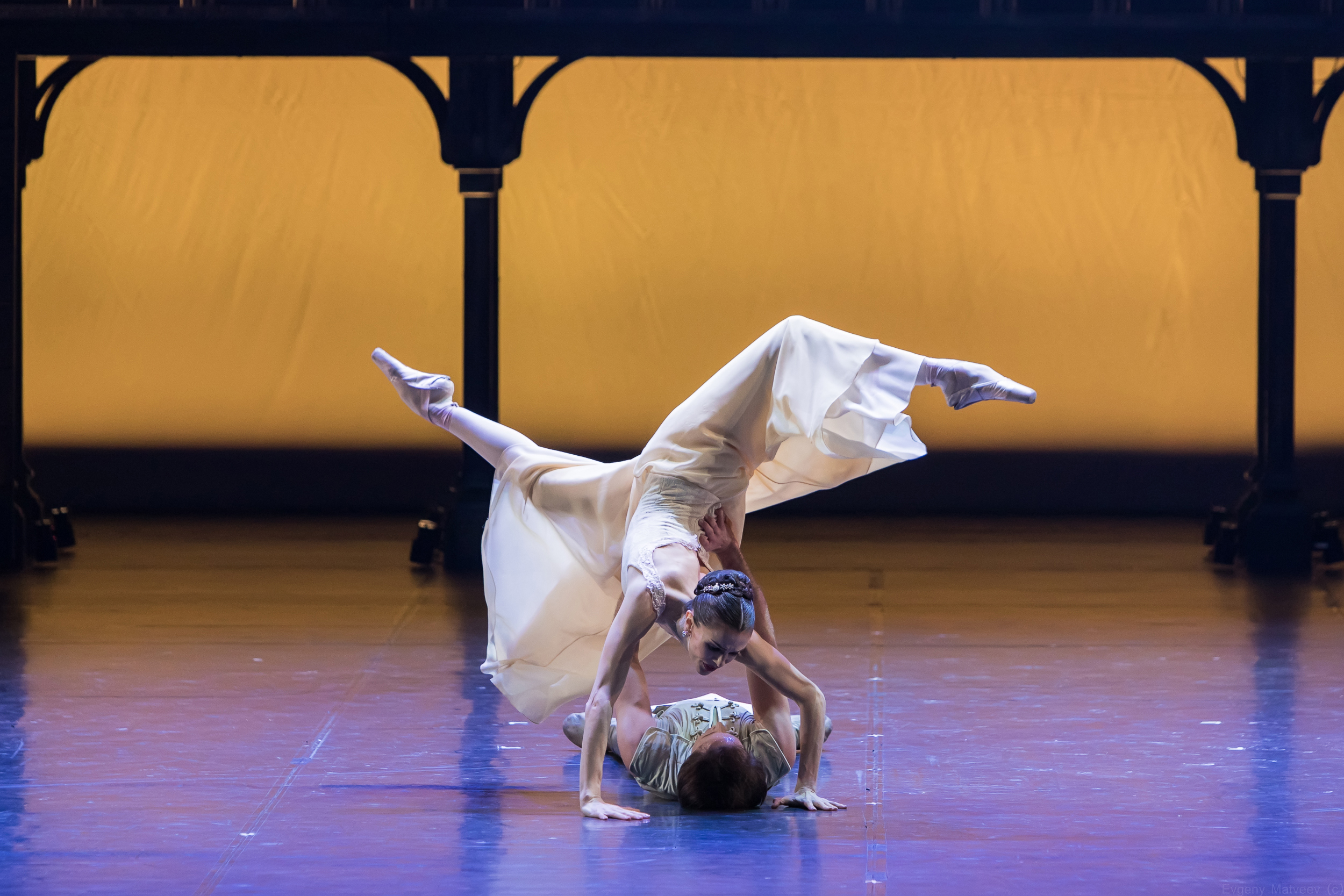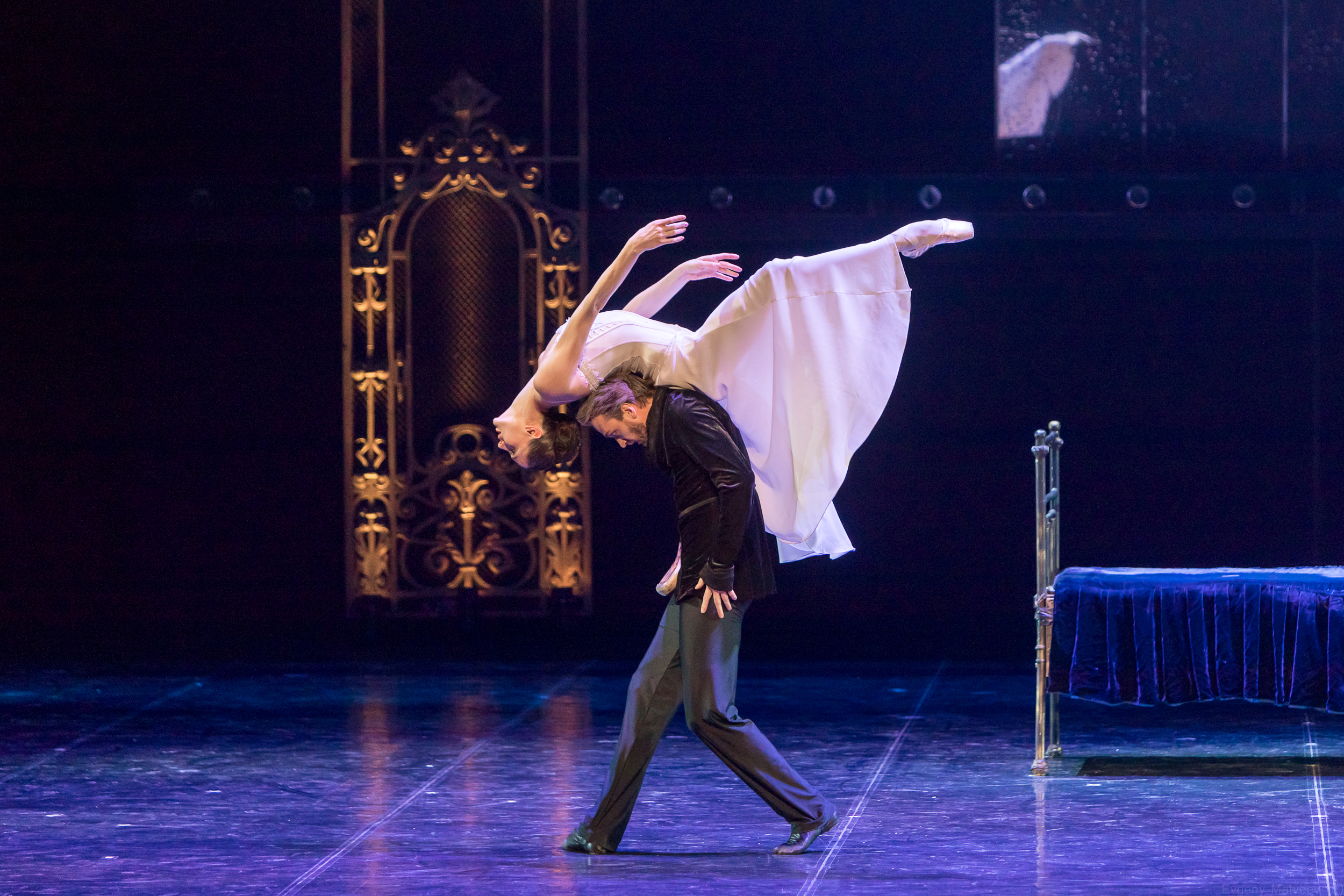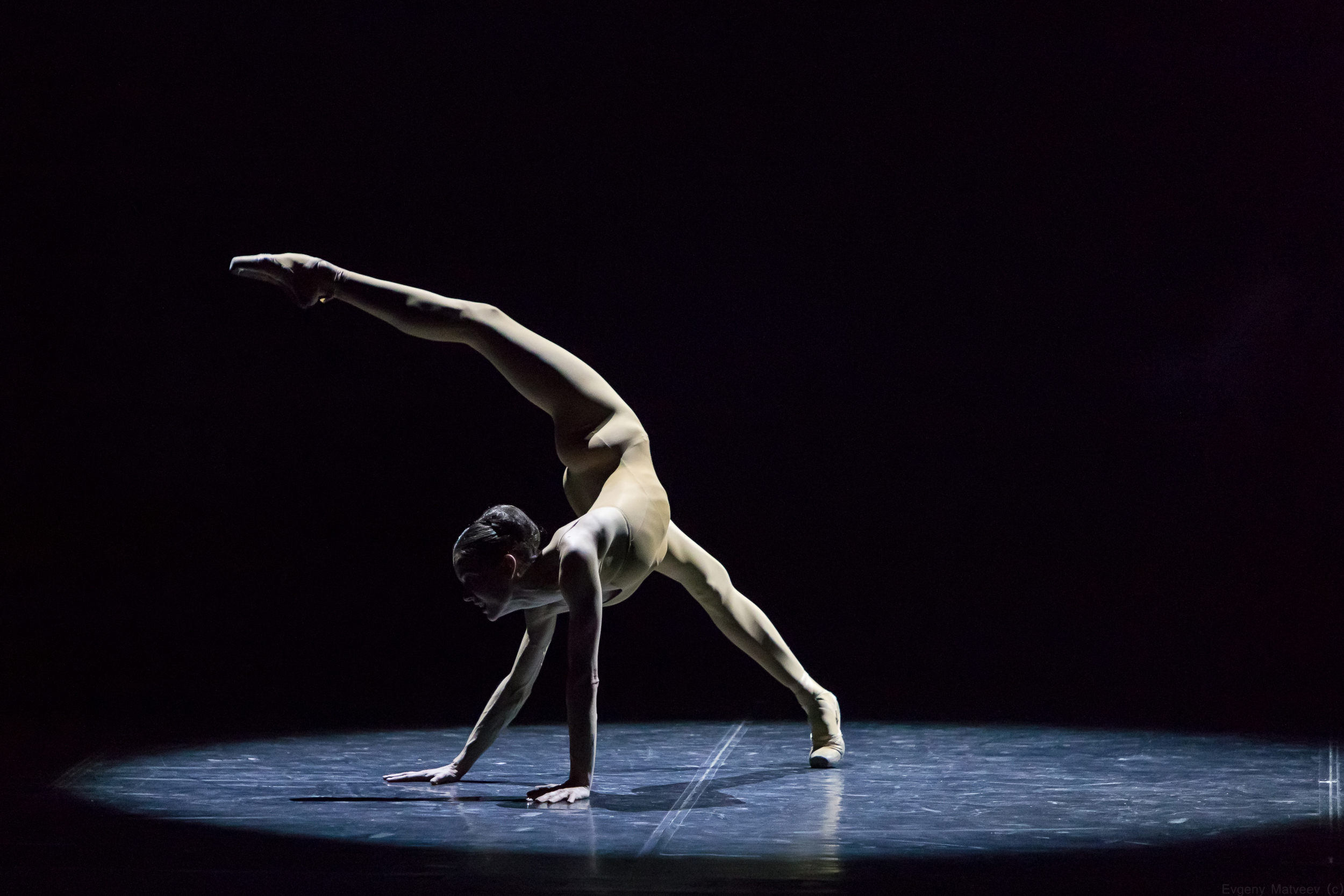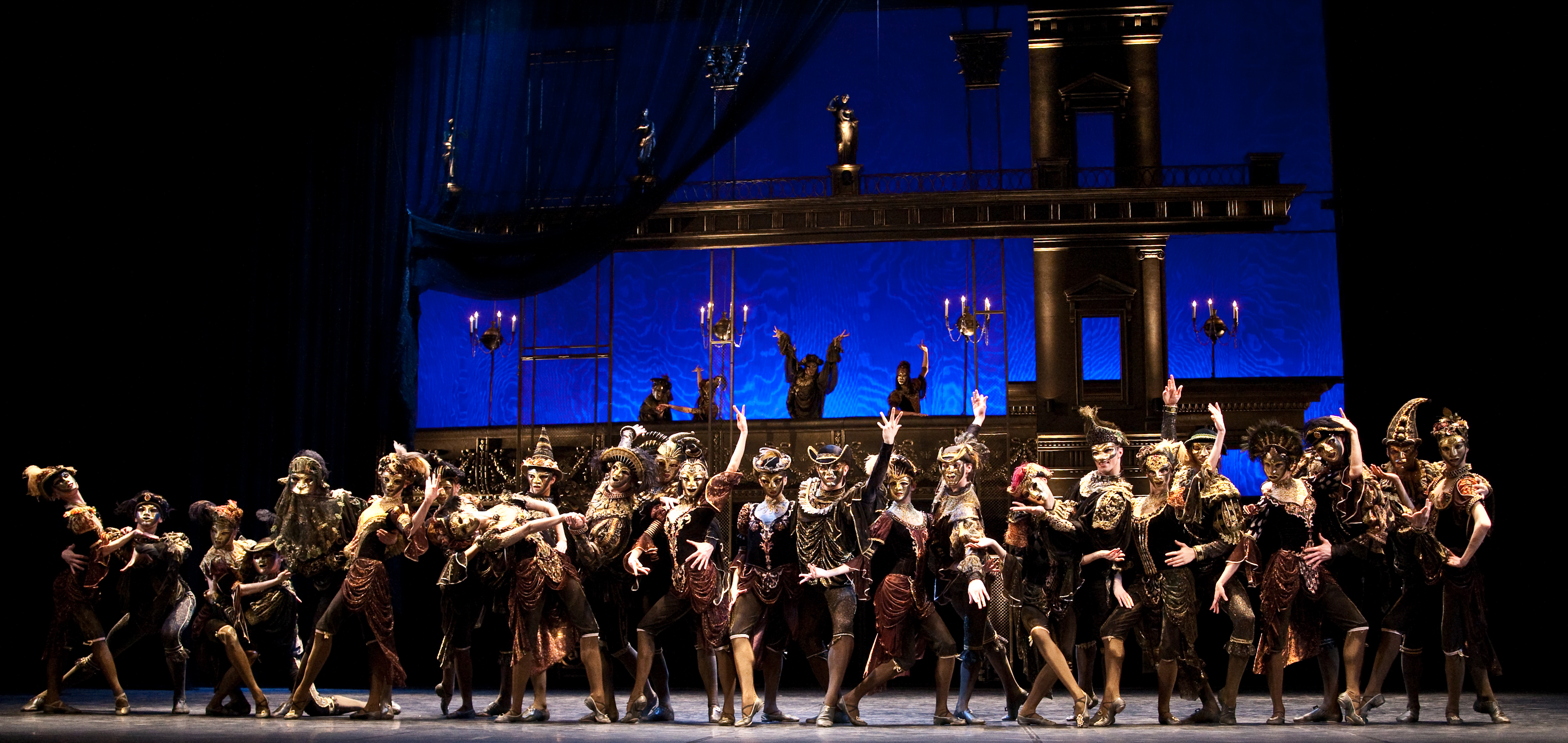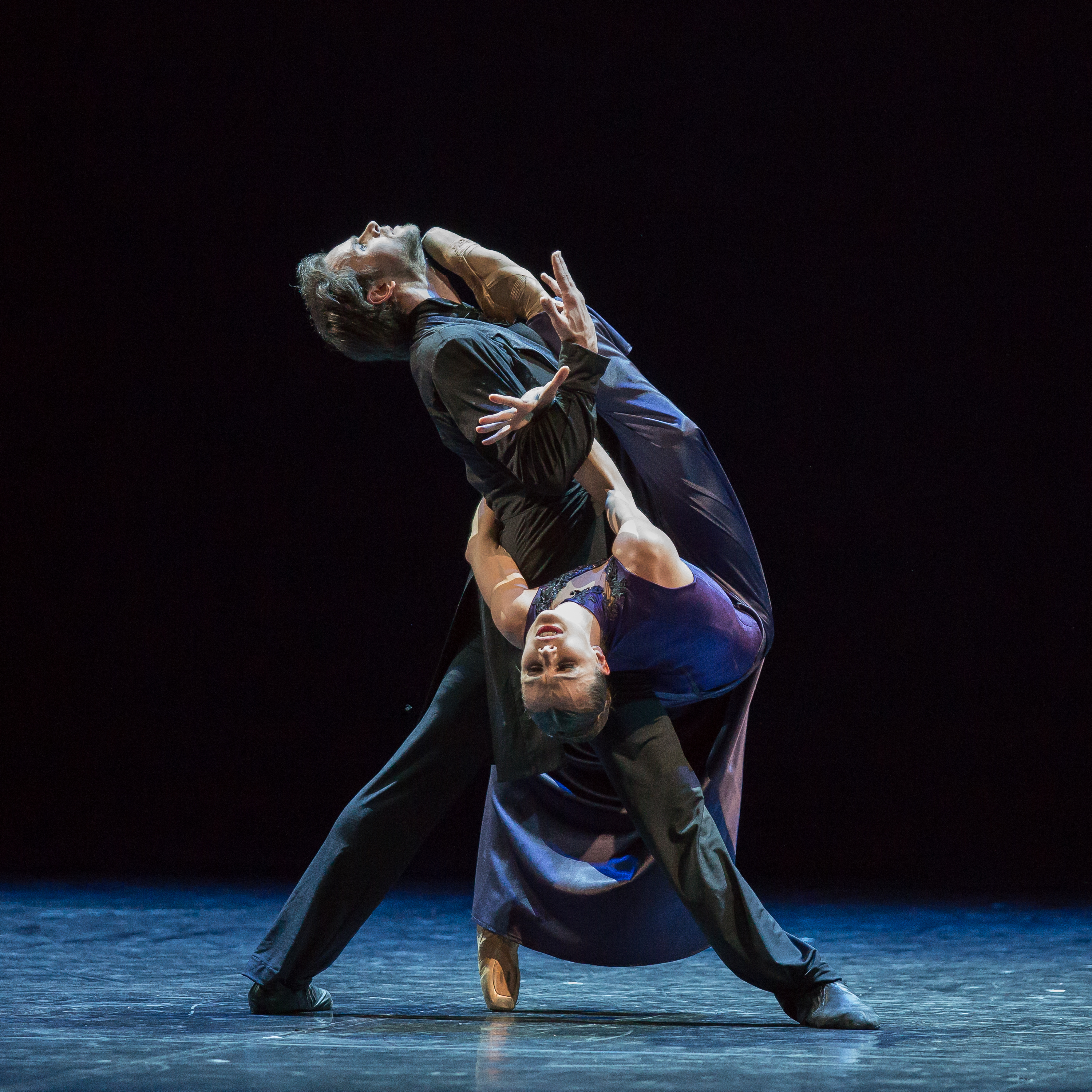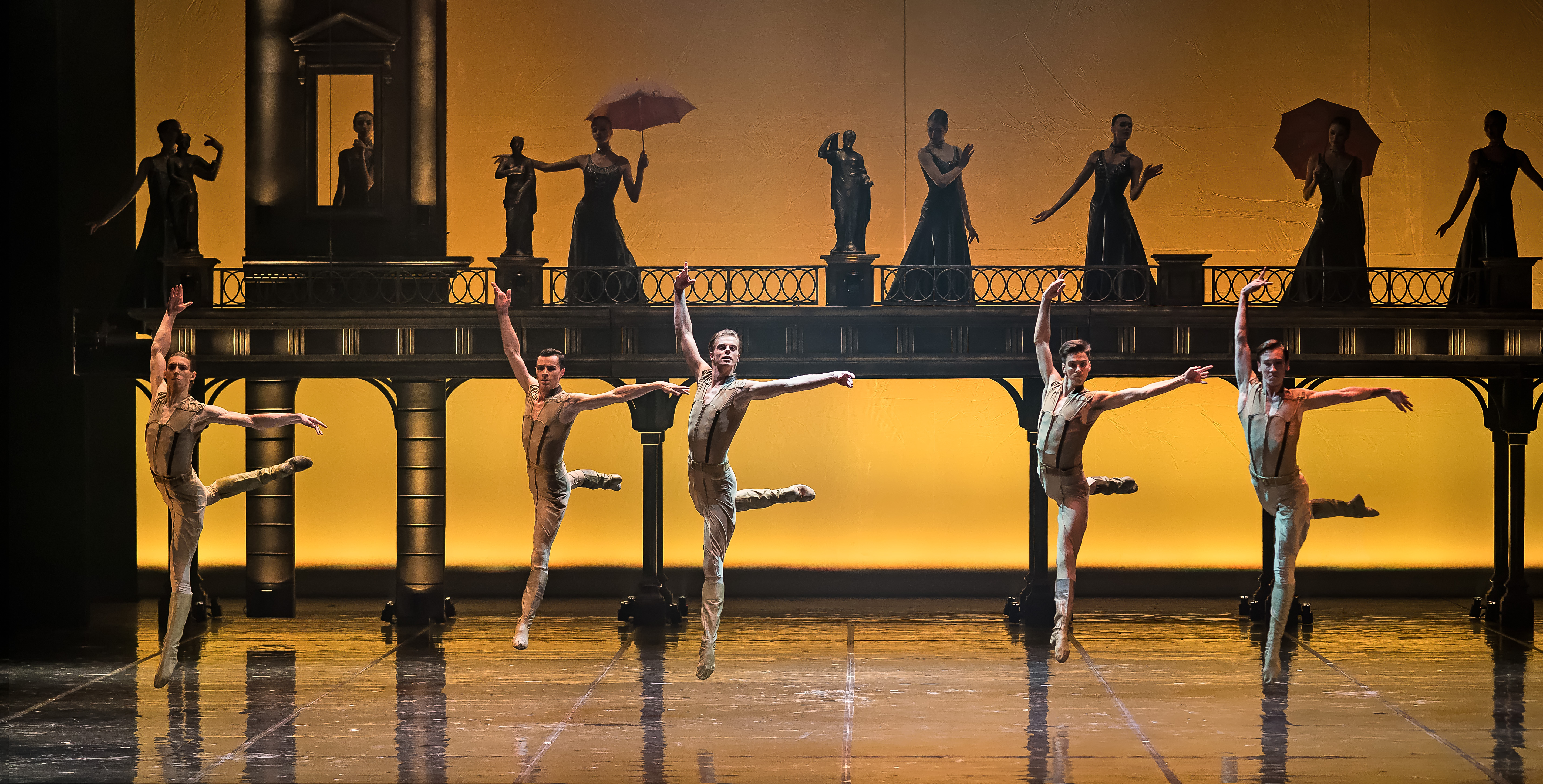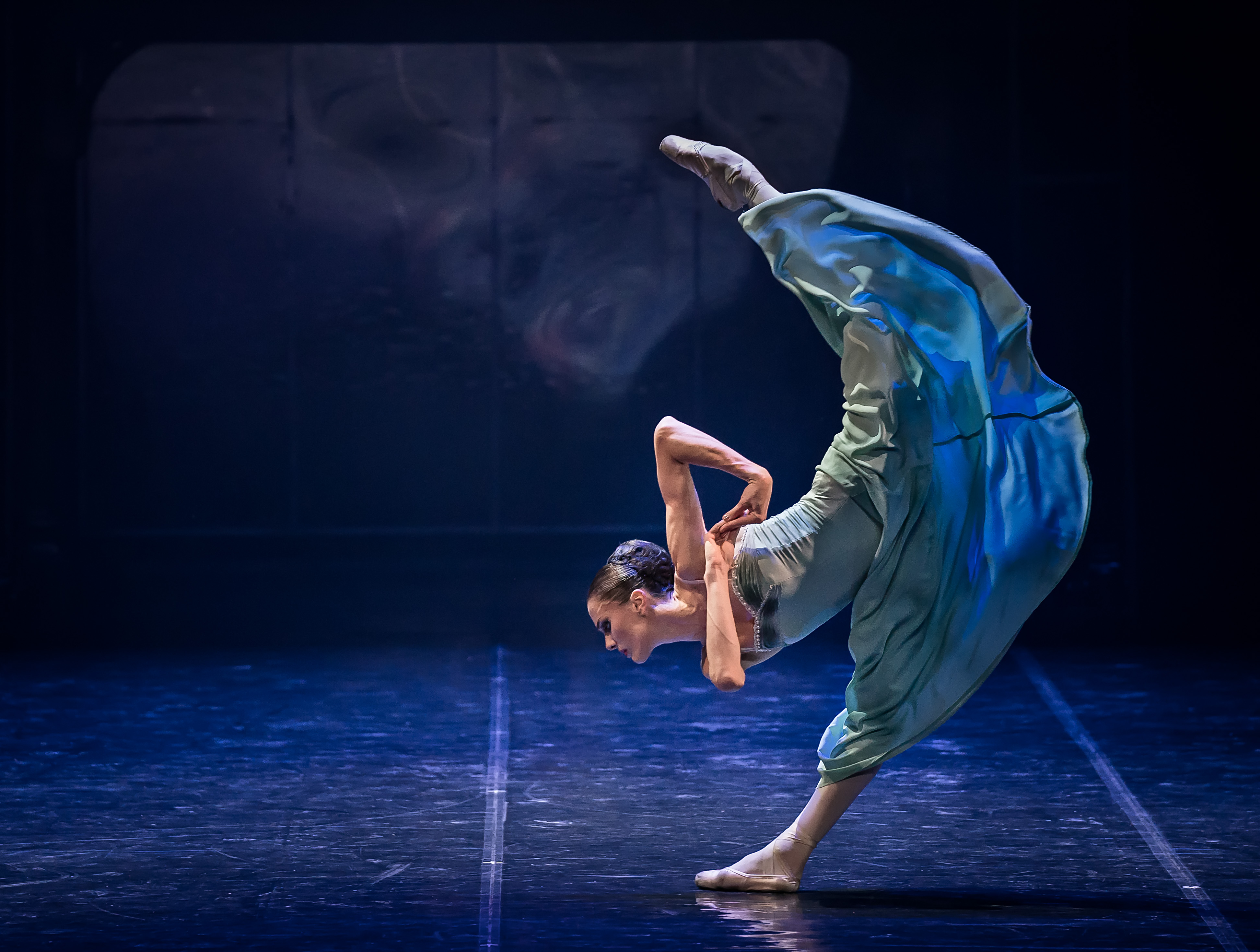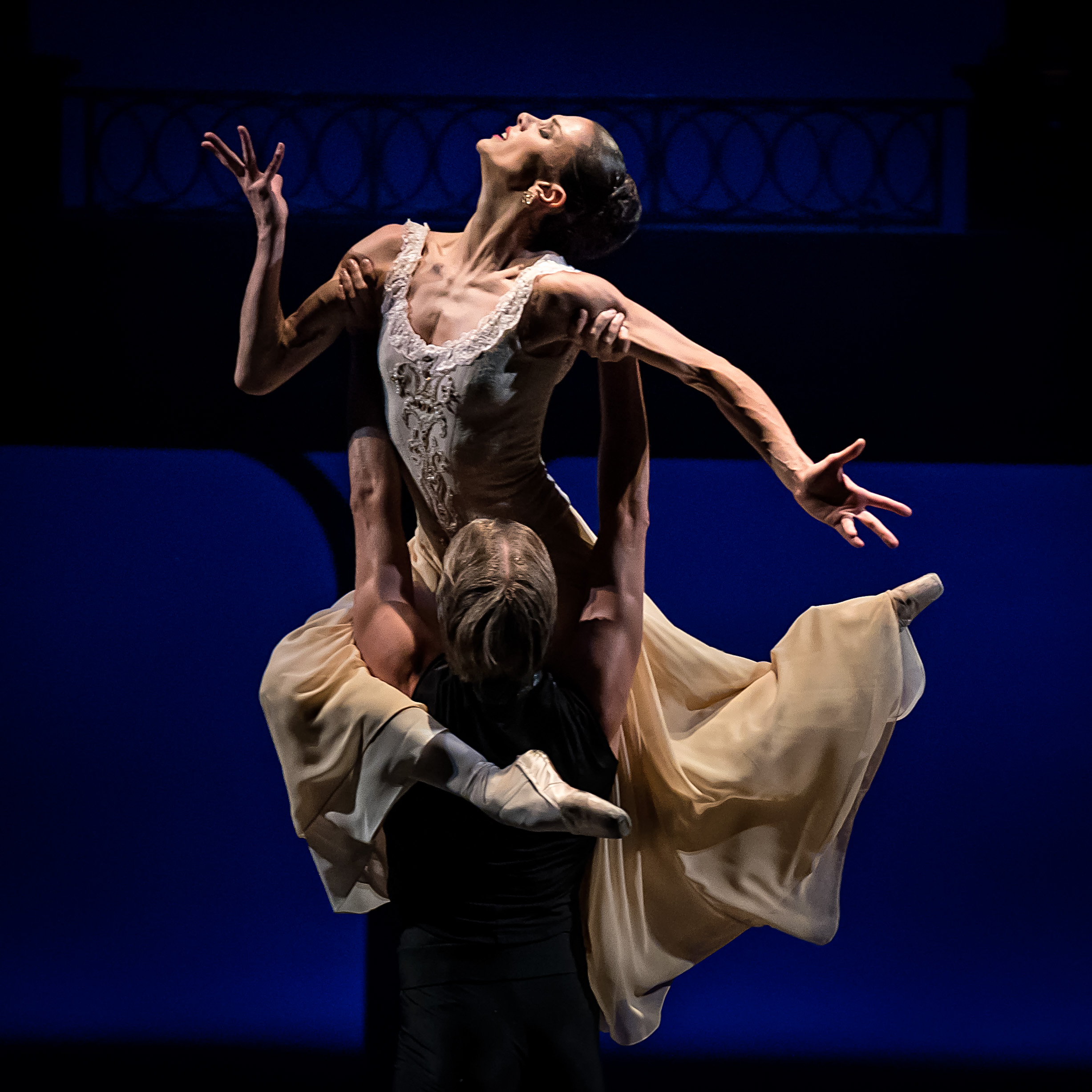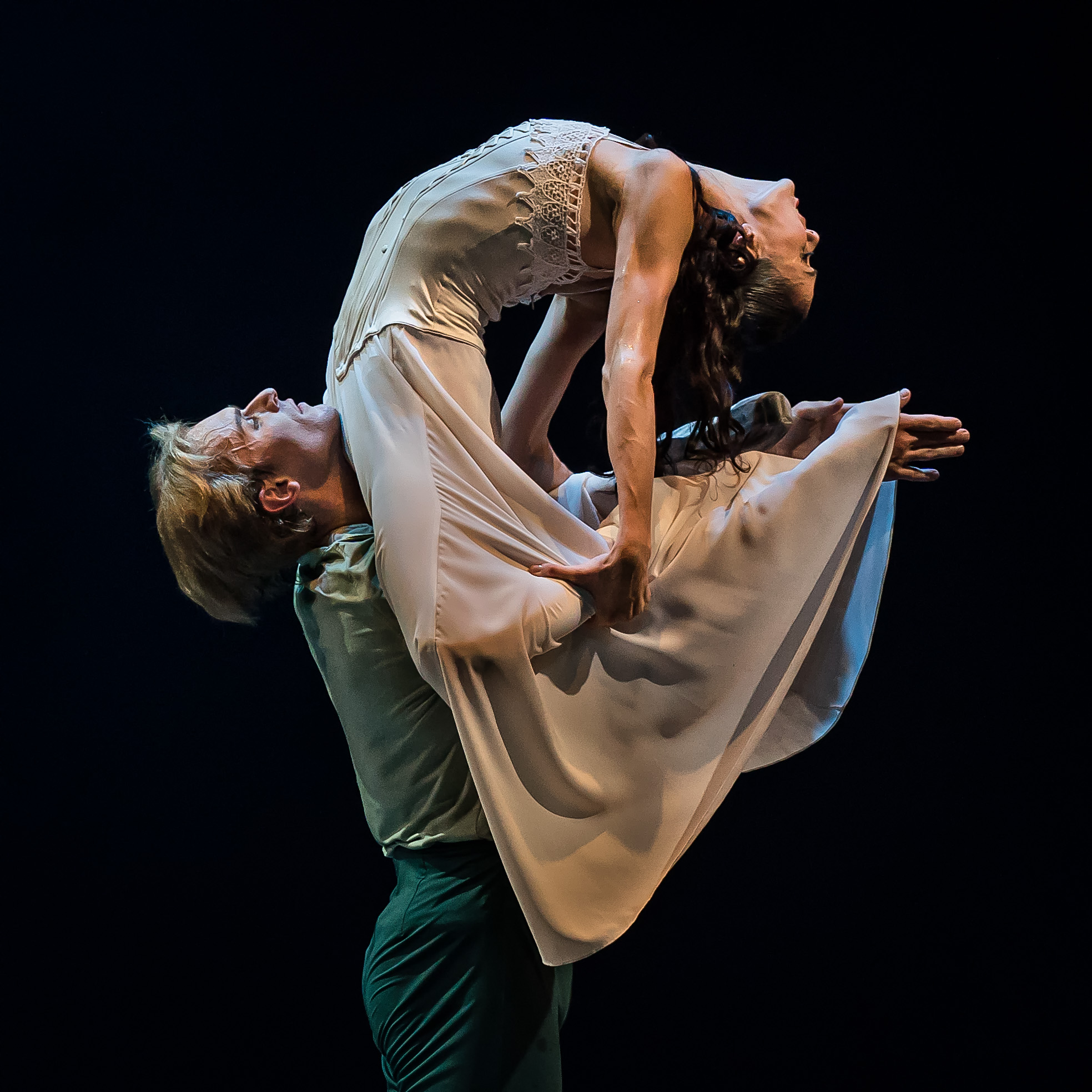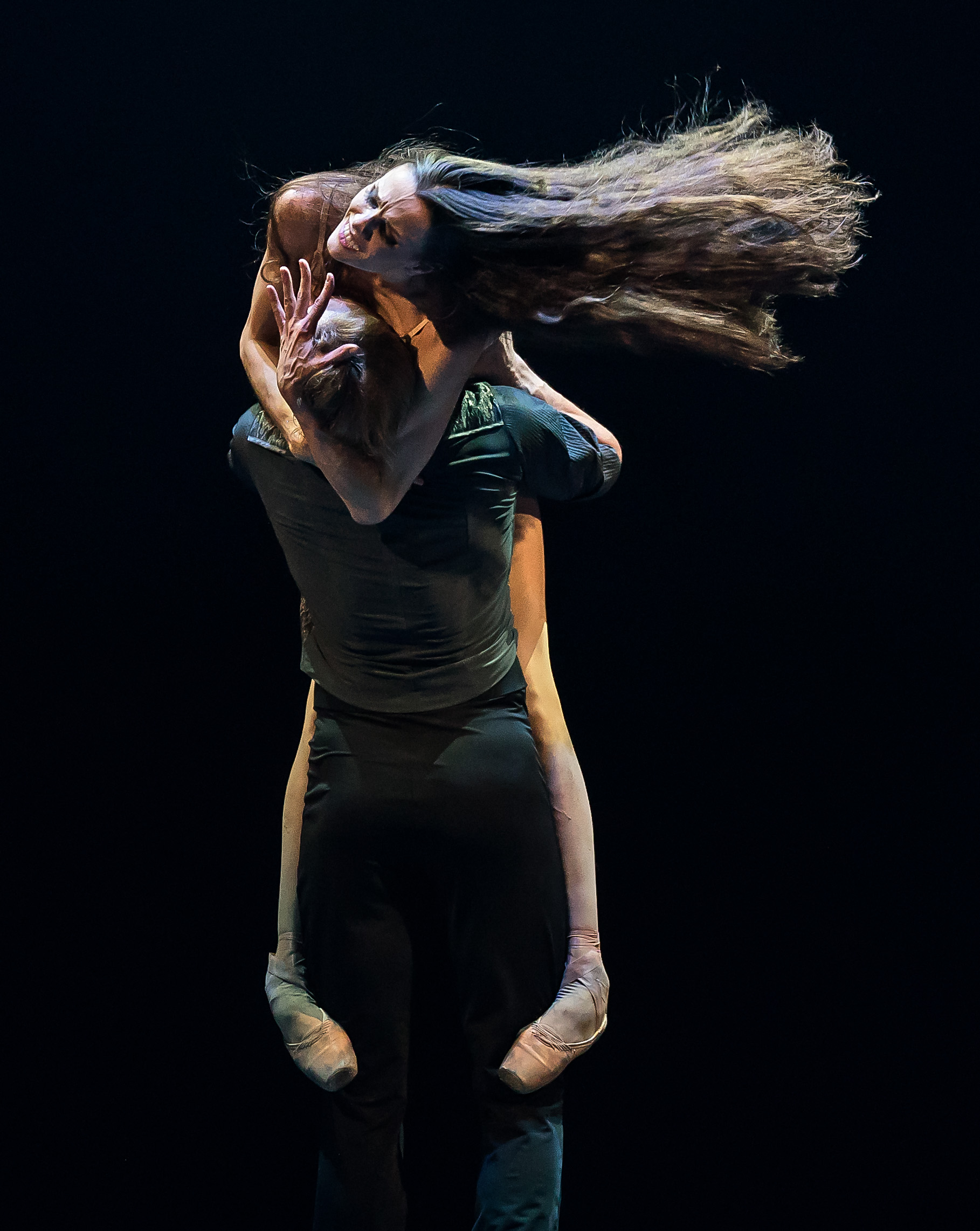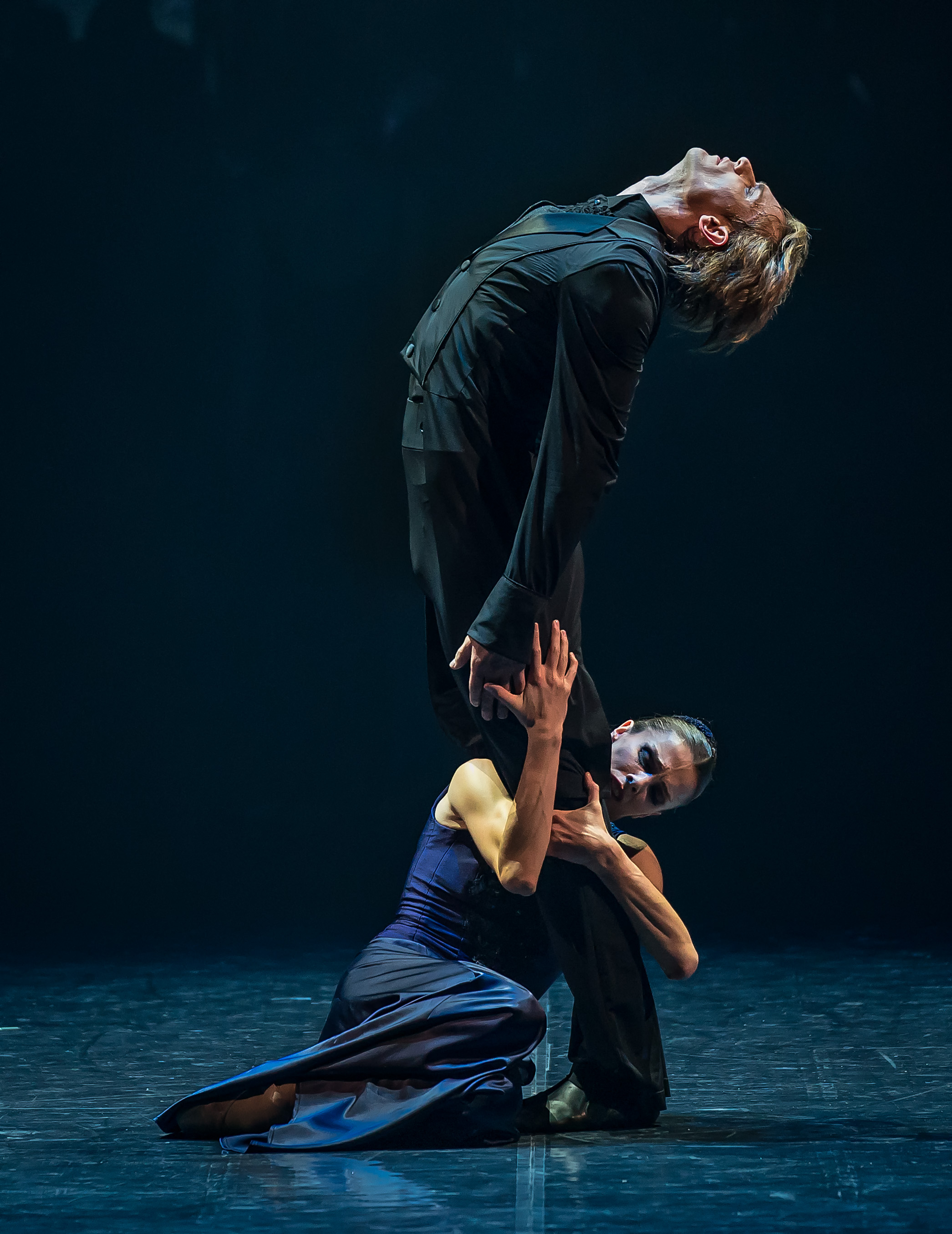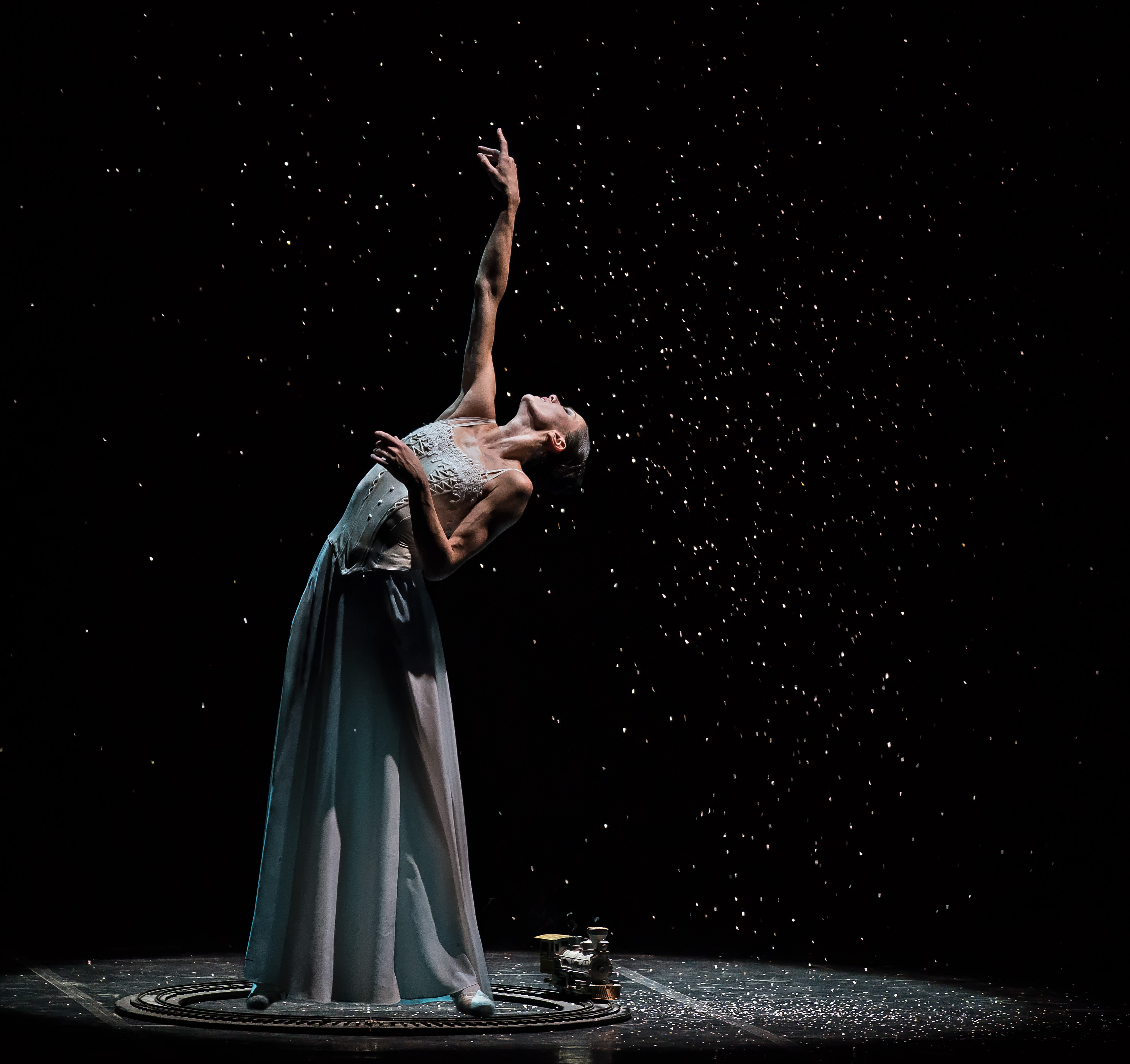stage
Artists
Credits
A ballet by Boris Eifman
Based on the novel by Leo Tolstoy
Music: Pyotr Tchaikovsky
Sets: Zinovy Margolin
Costumes: Vyacheslav Okunev
Light: Gleb Filshtinsky
2 hours
one interval
Boris Eifman’s ballet Anna Karenina is a true burst of inner psychological energy and is amazingly precise in delivering emotional impact upon its viewers. By setting aside all secondary storylines in Leo Tolstoy’s novel, the choreographer focused on the love triangle “Anna – Karenin – Vronsky”.
Using dance language, Boris Eifman in his ballet managed to portray the drama of a woman being reborn. According to the choreographer, it is the love passion, the “basic instinct” which has led the heroine to the breach of the then current norms of social morality, killed motherly love in Anna Karenina and destroyed her inner world. Being so completely consumed and crushed by passion, a woman is ready for any sacrifice.
The choreographer says that his ballet speaks not of previous times but of today: the timeless emotional content of the performance and obvious parallels to reality can’t leave the contemporary viewer indifferent. The brilliant technical mastery of the Company’s dancers and Boris Eifman’s astounding choreography present to us in a remarkably impressive way all the aspects and peripeteias of the Tolstoy’s novel.
“Ballet is a very specific realm where psychological drama is reenacted and fulfilled; it is an opportunity to get an insight into the subconscious. Every new production is a search for the unknown.
The Anna Karenina novel by Tolstoy has always been the object of my keen interest. While reading Tolstoy, one can see how fully and intimately the author understands the inner world and psychology of his heroes, how keenly and precisely he describes the life in Russia. In the novel one will be immersed into the psychological world of the chief character and also a psycho-erotic interpretation of her personality. Even in our contemporary literature we won’t find similar passions, metamorphoses and phantasmagoria. All this has become the gist and essence of my choreographic reflections upon the book.
The measured, regular life of the Karenin family – the husband’s public service, the strict high society conventions – produced an illusion that harmony and peace reign there. Anna’s passionate love for Vronsky destroyed the “matter of course” in their existence. Sincerity of the lovers’ feelings was doubted and rejected, their frankness was feared. Karenin’s hypocrisy was acceptable to everyone but Anna. She preferred the all-absorbing love for Vronsky to mother’s duties regarding her son. And thus she doomed herself to lead the life of an outcast. She saw no pleasure in traveling or in habitual high society entertainments. There was a feeling that a woman was tragically constrained by a sensual relationship with a man. This sort of dependence – as any other one – brings pain and suffering. Anna committed suicide to set herself free, to end her dreadful and agonizing life.
For me Anna was sort of a “shape shifter” because two persons lived within her: externally she was known to her husband Karenin, to her son and to everyone around as a high society lady. The other one was a woman immersed into the world of passions. What is a more important goal in life: to maintain the conventional illusion of existing harmony between duty and feelings, or surrender to a sincere passion?.. Do we have the right to destroy our family, to deprive a child of his mother’s care just for the sake of what our flesh lusts for?..
All these questions haunted Tolstoy in his times, and we can’t avoid thinking them over again and again today. But answers are still far-off! What remains there is only our longing to be understood both in our life and death…”
Boris Eifman
